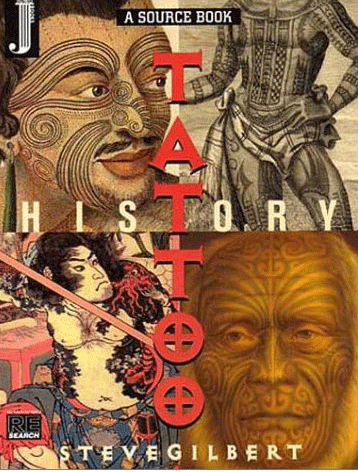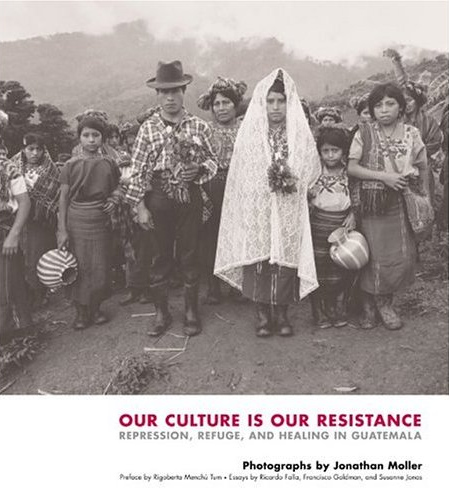$ 29.95
Order from the powerHouse Shop
Photographs and text by Joseph Rodríguez
Introduction by Nell Bernstein
Photography / Sociology / Youth Culture
Hardcover
9.25 x 9.75 inches
160 pages,
91 duotone photographs
ISBN: 978-1-57687-138-6
“Well done, haunting, and thorough.”
—CNN NewsNight with Aaron Brown
In 1989, juvenile courts handed 1.2 million delinquency cases. A decade later, this number had risen 44 percent, to 1.8 million. During this same period the violent-crime index dropped for juveniles. Today, there are more than 100,000 young people behind bars in the United States, 14,000 of them housed in adult jails or prisons. Two thirds of these are people of color, though minority youths account for one third of the entire juvenile population. Most of the incarcerated are boys, but the number of female inmates is rising at nearly three times the rate for that of males. Each year, about 11,000 detainees try to kill themselves.
For his second powerHouse Books monograph, Juvenile, photographer Joseph Rodríguez spent several years following several youths, from arrest, counseling, trial adjudication, and incarceration, to release, probation, house arrest, group homes, and the search for employment and meaning in their lives. Additionally, Rodríguez documented some of the people who work in the juvenile justice system: judges, public defenders, district attorneys, probation officers, and social workers. Many of these kids face great obstacles, including a criminal justice system with decreasing political interest in offering second chances. Through the power of his photographs, Rodríguez shows us how these kids struggle and how they fight to change their lives.
“A couple of years ago my mother was cleaning out my old room when she came across some letters I had written back in the early 70s while I was incarcerated on Rikers Island. They were the usual prison letters of remorse and forgiveness. I look at these letters now and remember how I felt as a young man struggling to find my way. Coming out of prison was a daunting experience. I had been placed on probation for drug possession. There was little support for my transition back into society—the only advice my probation officer gave me was: ‘You better get a job.’ But I did get a second chance; I found photography. Eventually I moved out of the community where I had gotten into trouble, educated myself, and became a productive member of society. These experiences became my motivation for this documentary project.”
—Joseph Rodríguez


















